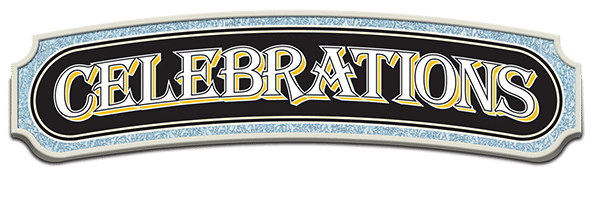10 Things You May Not Know About The Nightmare Before Christmas
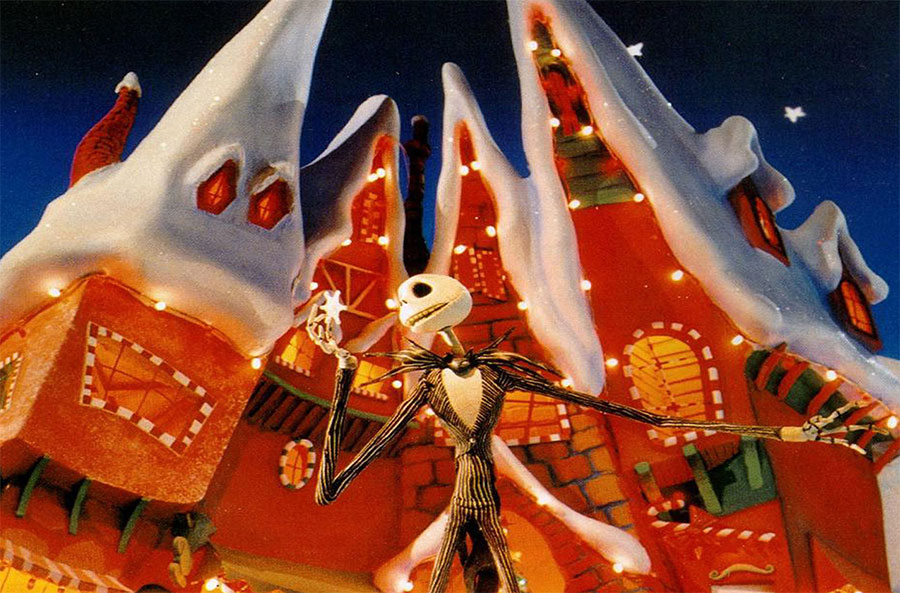
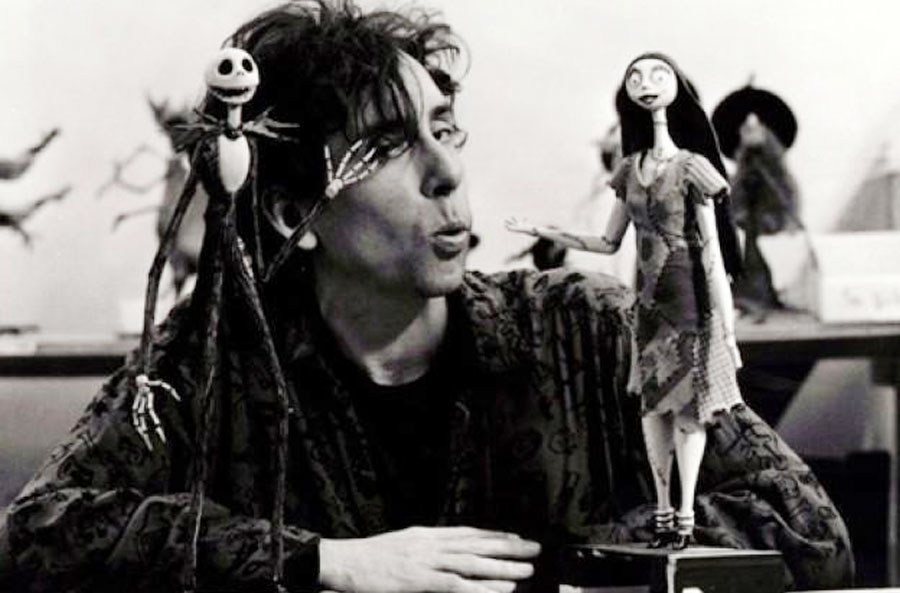
1. Ominous Origins
Directed by Henry Selick and produced/co-written by Tim Burton, the 1993 film The Nightmare Before Christmas tells the story of Halloween Town’s Jack Skellington and his accidental discovery of a place called Christmas Town. Originally penned as a narrative poem by Burton while working as a Disney animator in the 1980s, the story sat on the back burner for years. However, after Burton repeatedly returned to his idea, Disney began entertaining the notion of producing it as a short film or 30-minute television special.
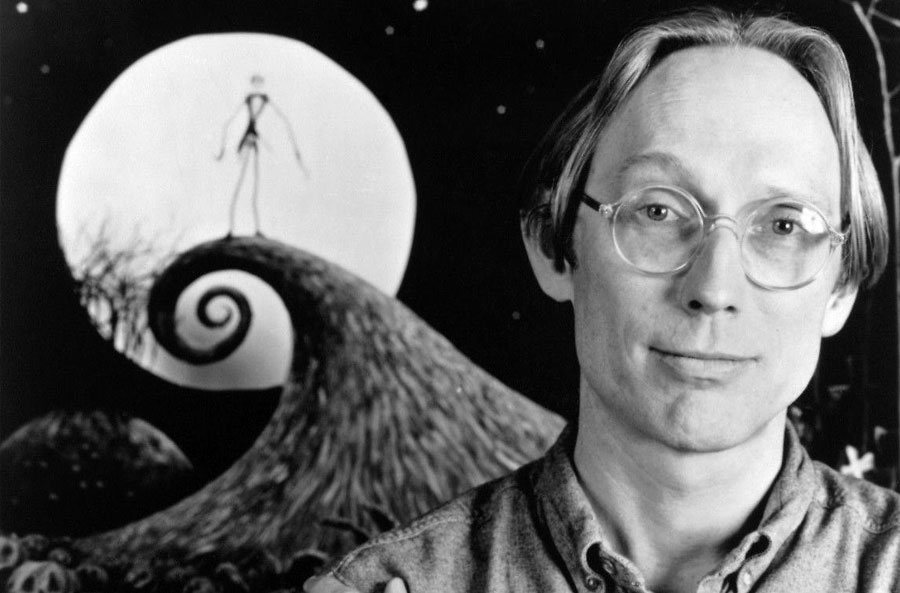
2. The Creative Team
Eventually, it was decided that the poem would, in fact, become a feature film, albeit released under Touchstone Pictures as opposed to Walt Disney Pictures, due to the fear that the film would be too frightening for children. The concepts and ideas of the film were all Tim Burton’s vision, but unfortunately, he was too tied up with the production of Batman Returns to direct the film himself. Instead, he enlisted the help of friend and fellow animator Henry Selick to direct, with composer Danny Elfman as the musical composer.
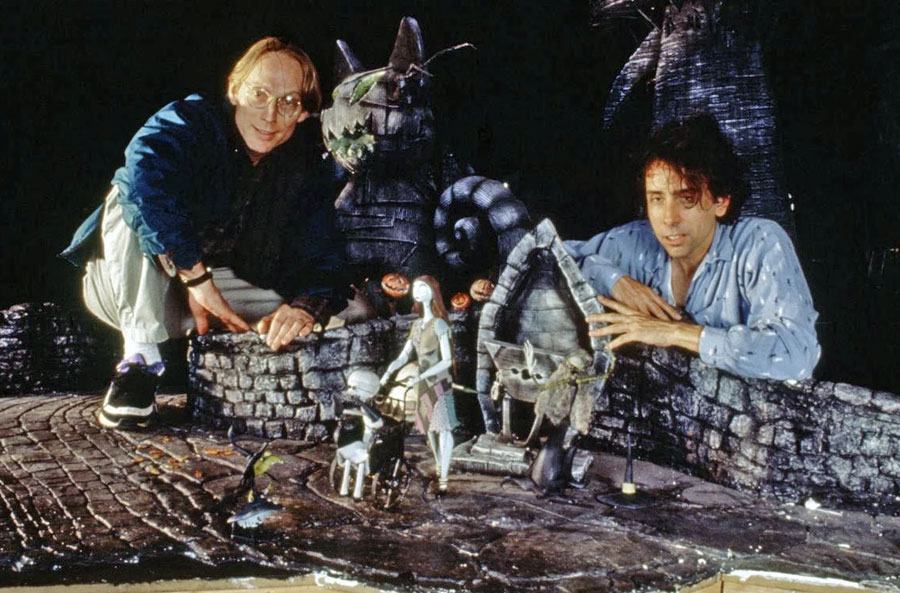
3. Stop Motion Magic…
Stop-motion technique is a way to manipulate inanimate objects so they are seemingly brought to life. While quite long and tedious, the process makes for an impressive and unique work of art. The Nightmare Before Christmas took three years to film, utilizing the talents of over 100 individuals, including artists, animators, camera operators, prop makers, set builders, and puppet makers.
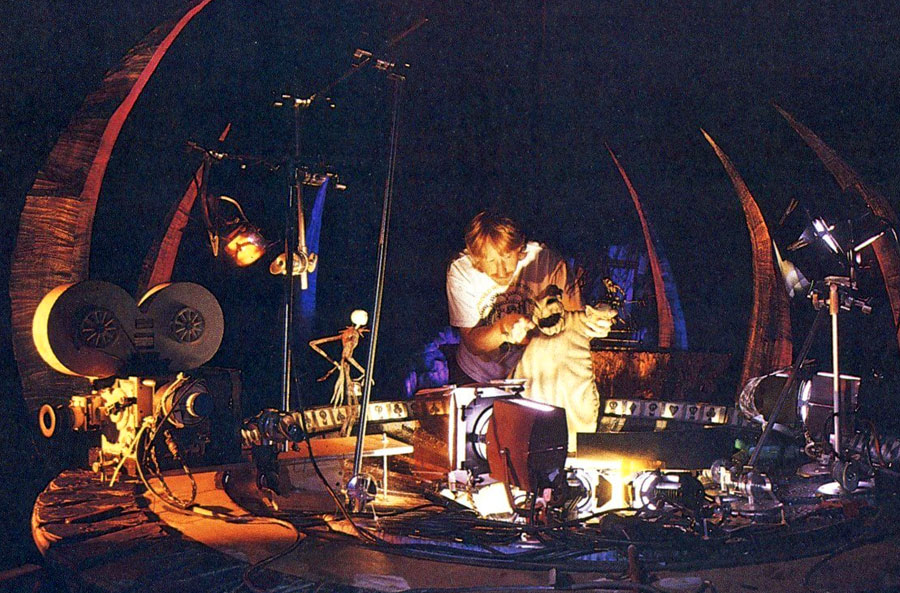
4. …With Some Live-Action Nuances
Additionally, 19 sound stages, 230 sets, and hundreds of puppets were created to bring this stunning film to life. Even though this was an animated movie, several live-action techniques were utilized in the film’s production. The miniature sets were lit as if they were actual movie sets. Programmable motion control cameras were used to create large, sweeping movements to create dramatic shots, particularly when combined with the characters’ actions.
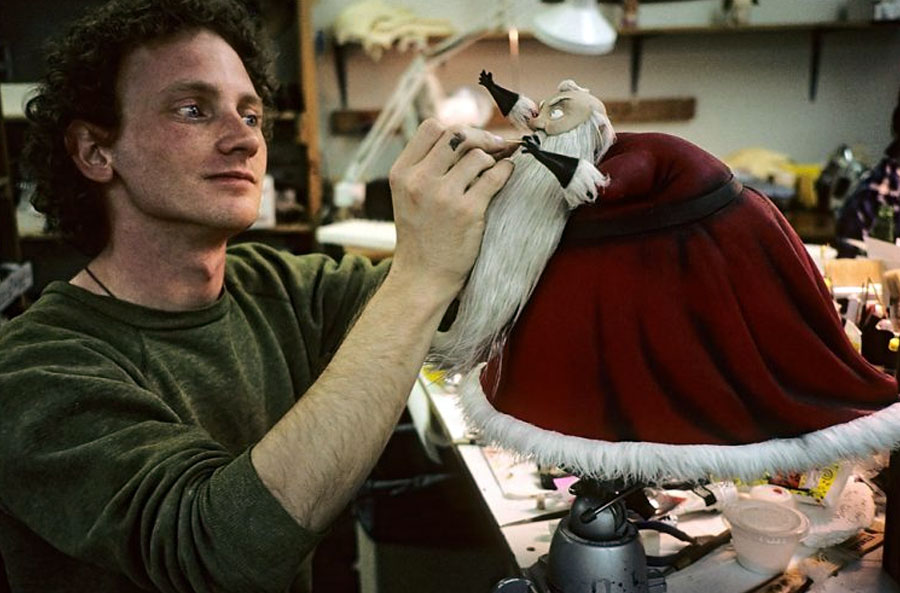
5. Puppets
Each character was created as a puppet that housed an armature that allowed for precise movements. The characters were comprised of numerous joints, which let the animators pose them in just about any position they desired. With three to four people working in the sculpture department on each character, as well as the addition of the puppet fabrication department (where the puppets were clothed and painted), it’s easy to appreciate the tremendous effort that was put into the finished product.
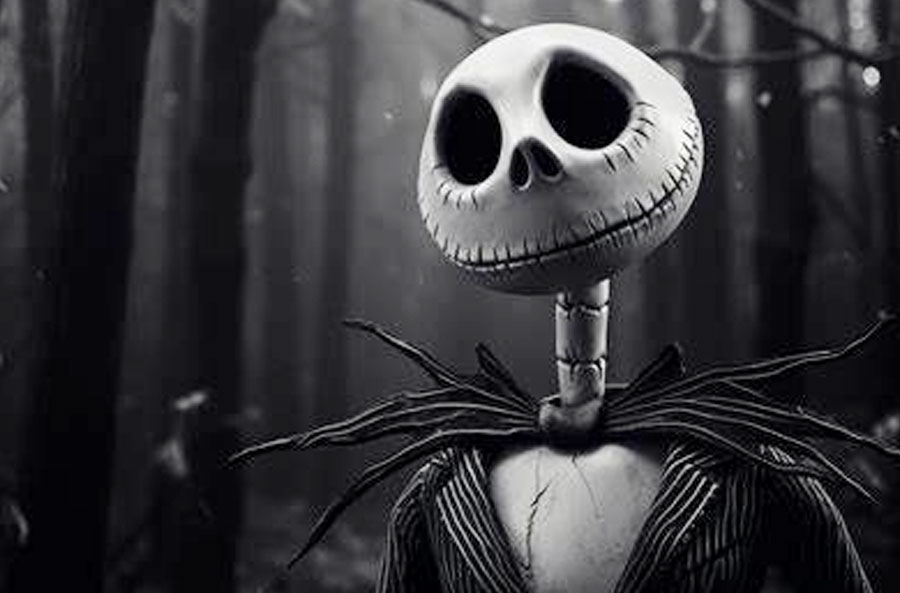
6. Jack Skellington
For example, Jack Skellington himself is a marvel to behold. His willowy frame moves elegantly across the screen as flashes of emotion dance across his face. Hundreds of detachable heads were used to capture Jack’s various expressions. Photos of the heads were fed into a computer, and different heads would be selected to match the syllables of dialogue or songs. The animators even had Jack periodically blink – an extra touch of realism!
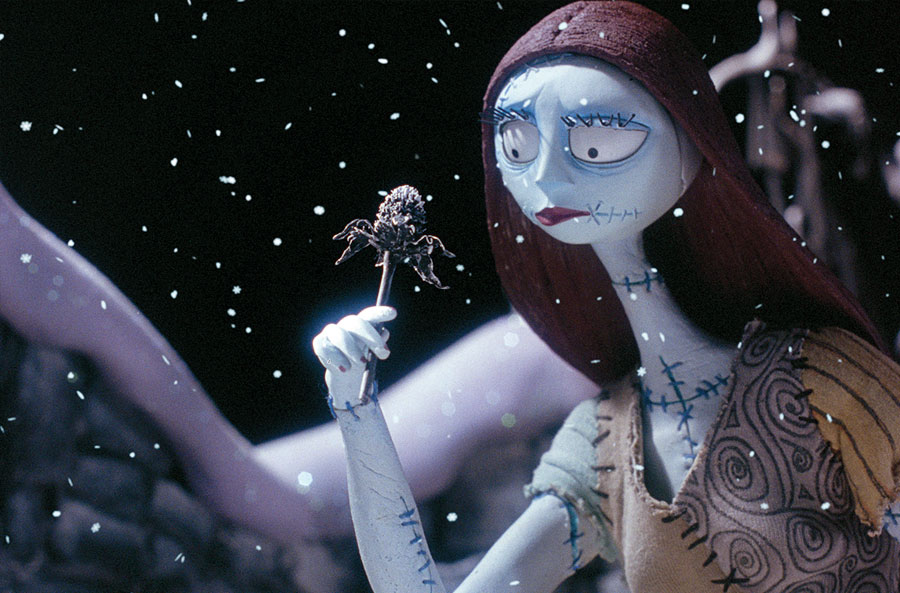
7. Sally
Sally, Jack’s rag doll love interest, was a bit different to animate. Because of her long red hair, masks were used instead of individual heads for her expressions. In contrast to Jack’s elegant moves, Sally walks off balance and wobbly, just as a rag doll might.
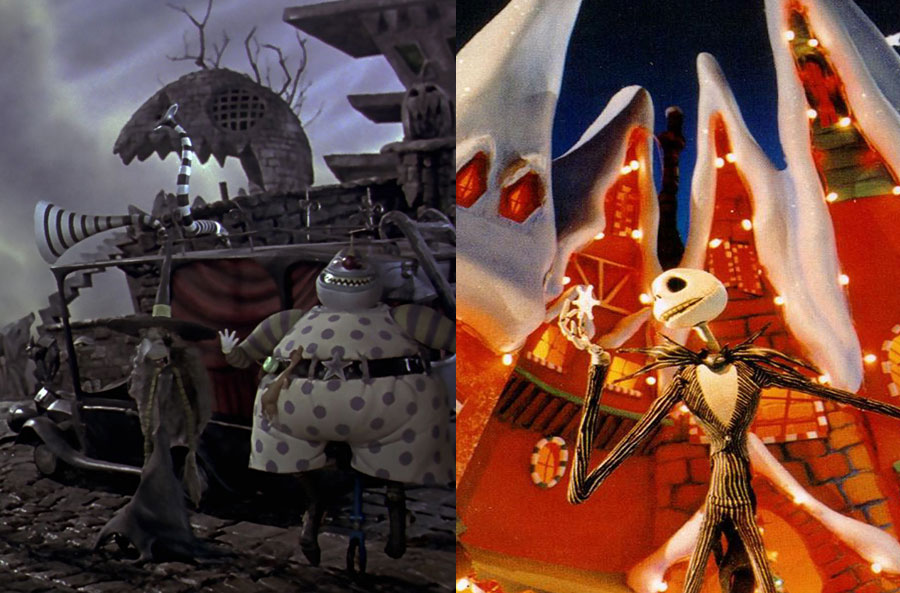
8. Creating a Nightmare World
The different worlds seen in the film are often described as a combination of German expressionism and Dr. Seuss. Halloween Town is dark and mystical, with a primary color palette of black and white. The art directors wanted to give the set an aesthetic reminiscence of pen and ink illustrations, which can be seen in the crosshatching texture used in the town. In this way, it would become a “living illustration.” Christmas Town, in contrast, is a colorful and expressive place. The film goes even further with contrast when we see the setting of the “real world” – simple, regular, with typical generic buildings.

9. Methodical Modeling
The coming together of the sets was no small feat. Before the final buildings and props were built, smaller models were made of the sets. Only when they were pleasing enough would the larger sets would be built.

10. A Painstaking Process
During production, as many as 20 stages with animators could be going at once, and a character could be posed as many as 24 times for one second of film. Crews also used as many as 30 different lights to capture the dramatic atmosphere of the movie.
Discover More Disney Magic in the Winter issue of Celebrations Disney Magazine!
Immerse yourself in the magic of Disney with features and pictorials on:
• Tom Sawyer Island
• Frontierland and DinoLand
• Holidays Around the World
• Fort Wilderness Campground
• The Main Street Emporium
• Featured Film: Dinosaur
and Much More!!
Click here to order!

Discover Even More Fun Facts About Mufasa With the New Winter Issue of Celebrations Disney Magazine!
Immerse yourself in the magic of Disney with features and pictorials on:
• One Last Look at Tom Sawyer Island
• Exploring Frontierland and DinoLand U.S.A.
• Holiday Celebrations in Disney Parks Around the World
• Camping Under the Stars at Fort Wilderness Campground
• The History of the Main Street Emporium
• Featured Film: Dinosaur
• 10 Things You May Now Know About Mufasa
• and Much More!!
